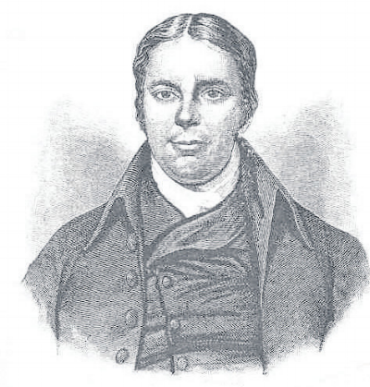The Celestial City is beautiful. Encrusted with jewels and gold-paved roads, it’s where real treasures are stored and never fade. It’s where the Lord resides and where the main character in The Pilgrim’s Progress journeys to find. He knows he won’t get there right away, but it will be his last destination and the place he can finally see Jesus, the one who took away his heavy burden.
This 340-year-old, allegorical novel follows the story of a man who is appropriately named, Christian. It opens with the author, John Bunyan, who says he fell asleep and dreamed. In his dream, he sees Christian standing with a large weight on his back and a Bible in his hand. Bunyan watches as the man becomes distraught over the reality of his sin and how he might be saved from it.
As Christian commits to his quest toward the City, he experiences a myriad of trials and meets several aptly-named characters – all of which appear as relatable metaphors for any believer’s faith.
Similarly, those who are followers of Christ are woven into an intricate story in which we daily walk a path laid out for us. Unlike Christian, the decisions we make along our individual journeys are not confined to the pages of a novel. We have been invited into a more complex, more stunning narrative, and it’s one in which we know the ending.








